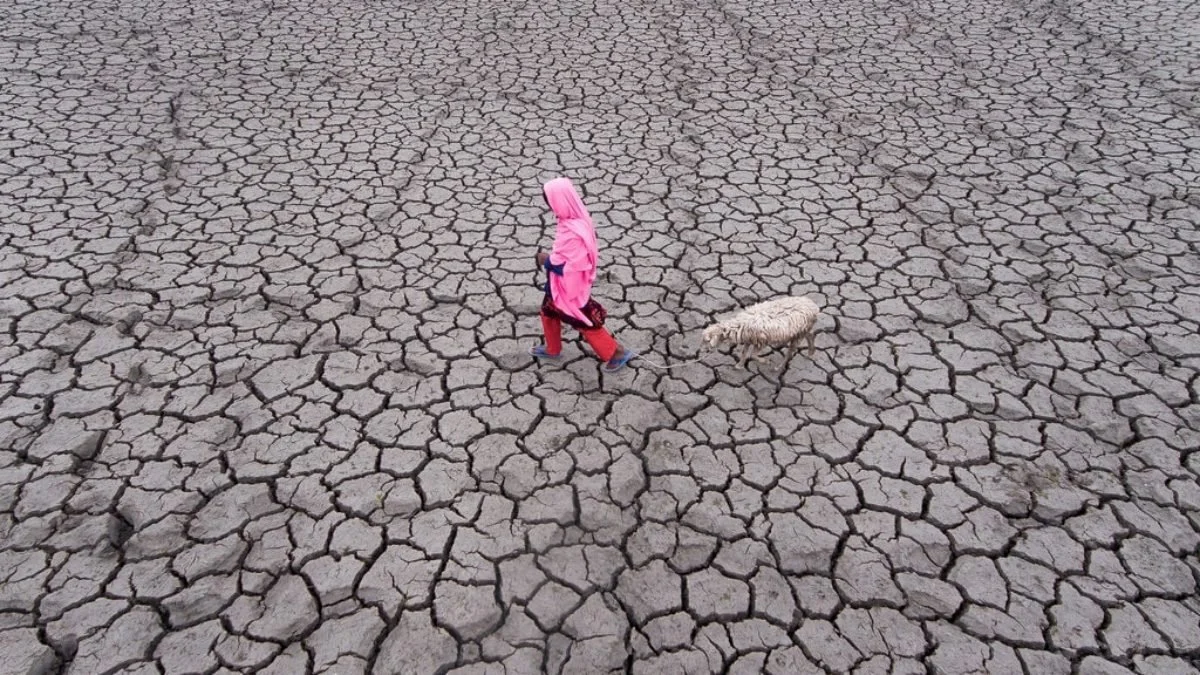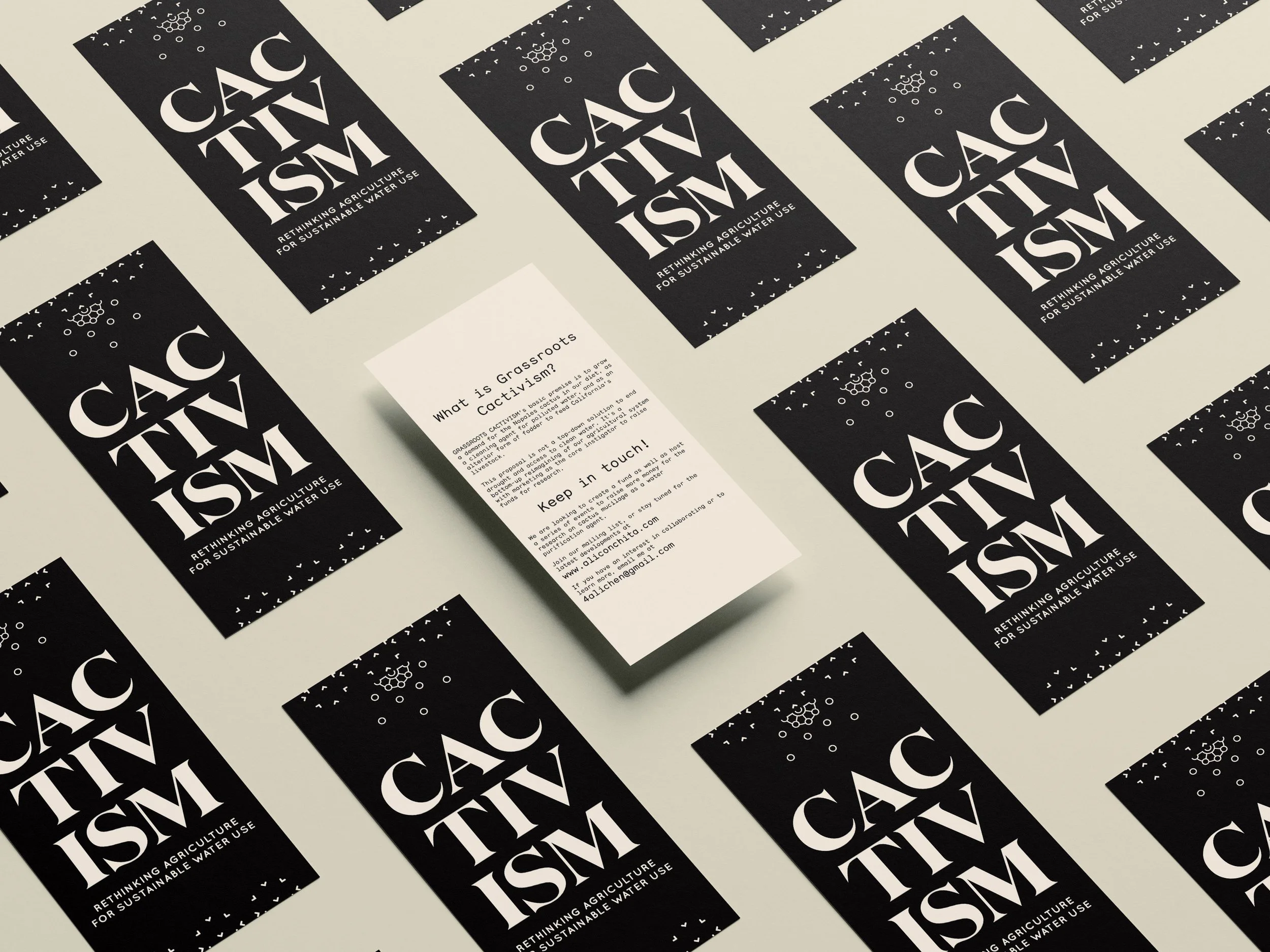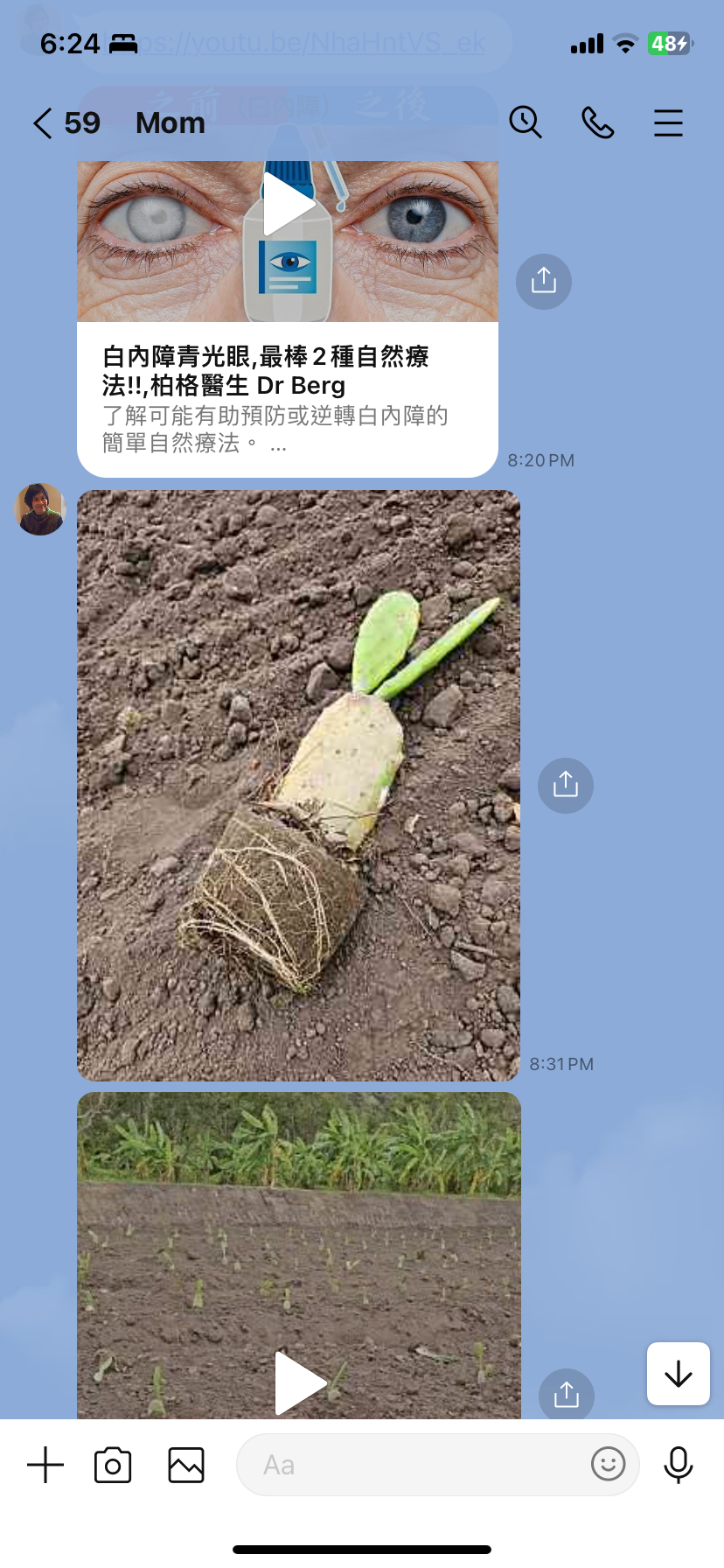Why I Started a Cactus Farm: The Origin Story Nobody Asked For
My relationship with the cactus began In 2015 while I was working as an architect in New York. Driven by disillusionment around designing for the interests of luxury developers and a search for personal meaning, I entered a design competition called ‘Dry Futures.’ The competition brief asked architects to come up with innovative design solutions for drought, specifically the one that was happening in California at the time.
back when I still believed in company culture
The brief emphasized that our world’s freshwater resources are rapidly shrinking, exacerbated by drought, pollution, and exploitative farming practices. To begin my research, I began with looking at where most of our freshwater went: to agriculture. (70 percent of the world’s freshwater resources go to agriculture) Meaning we use up the most freshwater to grow the things we consume.
earth.org ‘Global Drought Could Impact More Than 75 percent of World Population by 2050: UN Report’
It was interesting to observe the conversation being had around ‘thirsty’ agricultural crops, and the marketing efforts behind them. At the time almond milk was done having its moment as the new trendy milk, and almonds were being demonized in California for being a thirsty crop. Various sources defended this as false, many of which, upon deeper digging, were found to be associated with the almond industry. See: ‘Almonds are Not a Particularly Thirsty Crop,’ written by The Almond Board of California. I learned that the reality of agricultural marketing was not unlike the the Portlandia episode with Steve Buscemi in which he plays a celery salesman trying to make celery appealing to the general public while competing with bigger players like brussels sprouts and kale. Kale, in fact, was said to be brought to the spotlight from its former life as salad bar decor by a marketing firm, working behind a shell organization called The American Kale Association to make kale cool. (there is debate over whether this was part of a larger grassroots effort in which kale was already on the rise.)
Steve Buscemi in ‘The Celery Incident’ on Portlandia
With the fluidity of vegetable perception in mind, I thought, what if we increased demand for more drought tolerant crops?
I began to research the least thirsty crops, and cactus quickly arose as the most logical solution. Of course! The plant that has evolved to survive the dryness of the desert and retain water in extreme environments.
Digging deeper, I found that cactus has not only been used as food, but as fodder, as a textile, even a building material. I THEN found that cactus has water purifying abilities. It had apparently been used in the Deep Horizon oil spill to clean up the contaminated water to greater efficacy than chemical dispersants. Researchers at the University of Florida were developing powders from the mucilage, the gooey inside part of the paddles of the cactus, to create a powder for water purification. This was inspired by the scientist’s own grandmother in Mexico who used cactus to clean the contaminated river water in order to make it drinkable. So not only does it conserve water in its growth, it can actually even clean water.
With these findings, my submission, called ‘Grassroots Cactivism’ took on the form of a hybrid cactus farm, wastewater management plant, eco resort, and research facility, aimed at promoting cactus in order to create higher demand and awareness for it. Why can’t cactus be the new kale?
a rendering for my grassroots cactivism entry
My submission won the ‘speculative’ category, as opposed to the ‘pragmatic’ category. I received questions online as to why I felt the project was speculative, not pragmatic. I claimed that the research to revolutionize wastewater management with cactus was in fact, speculative. But after looking at the broader landscape of all the other entries, I realized maybe I had undersold my proposal. Especially as in the following years environmentalists and developers would continuously reach out to me to ask about the future of the project, not understanding it was part of a FICTIONAL competition. One guy with land in the hetch hetchy valley called me during covid and asked to buy the rights to the project to build a cactus eco-resort. He claimed the Barstow Mcdonalds train station should not be the only pitstop of distinction on Californian road trips. (I agreed) I think he was trying to figure out if I would sue him if he built my idea. I was very frank that I couldn’t even if I wanted to, for various reasons. (I never followed up on what happened with that)
In the following years, the idea of a cactus project has been a distant dream that I have gotten closer to and further from.
I pursued products, campaigns, partnerships, went to graduate school for communications design, and failed a lot. That’s a whole other story.
A cactus campaign I created for Pratt’s Institute’s Research Open House
Fast forward to last year, when my mother, a non-farmer, was scratching her head on what to grow on the small plot of agricultural land she had set aside for retirement. Serendipitously, our neighbor sent us a Christmas card of him standing in a field of cacti. He was telling anyone who would listen (lots of eye rolling from the other neighbors) that it was a miracle crop that needed no water, no care, and could be used for everything. You could eat it for better health, you could use it to soothe dry skin and eczema, you could even get wasted on it without hangovers (he was making his own cactus liquor) He was a complete cactus convert. Met with our enthusiasm and my history with cactus, he gave us the pads that helped us start our farm, many of which had fallen and broken off in a recent typhoon.
whatsapps from mom
end of 2023
In the blink of an eye, Grassroots Cactivism had begun manifesting into reality. My mom named the plot of land ‘佳地,‘ the direct translation meaning ‘good land’ with the etymology of the first character ‘佳’ coming from a combination of ‘人‘ meaning ‘man’ and ’土‘ meaning ‘soil’.
I am so grateful that the cactus haven I once believed was speculative is now the beginnings of pragmatic. If you have pulled through to reading this until the end, thank you as well. We are still figuring out how we can bring cactus demand and education to a larger audience, and hope you continue to stay tuned on our journey.
With gratefulness on this Thanksgiving,
Ali







